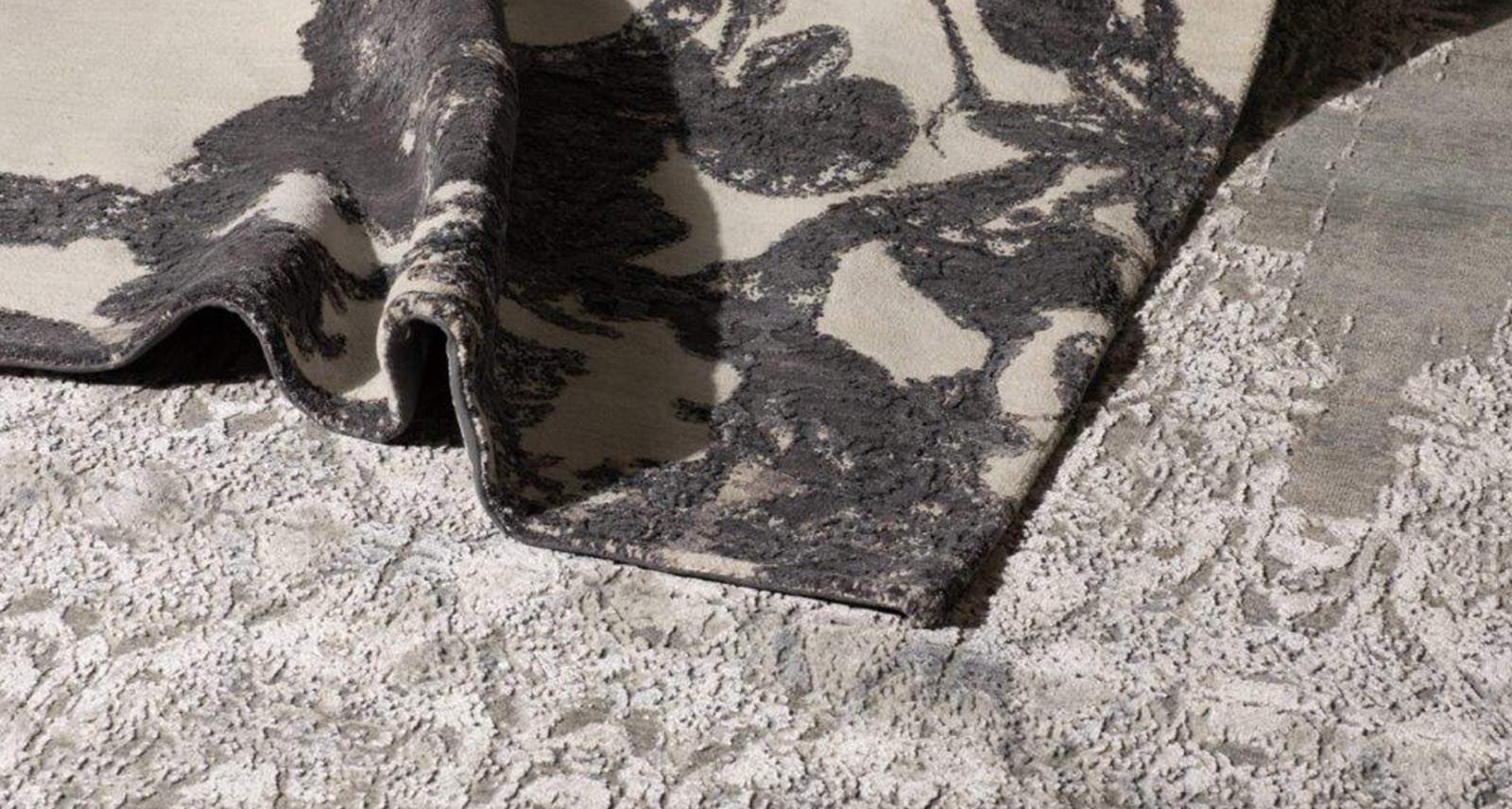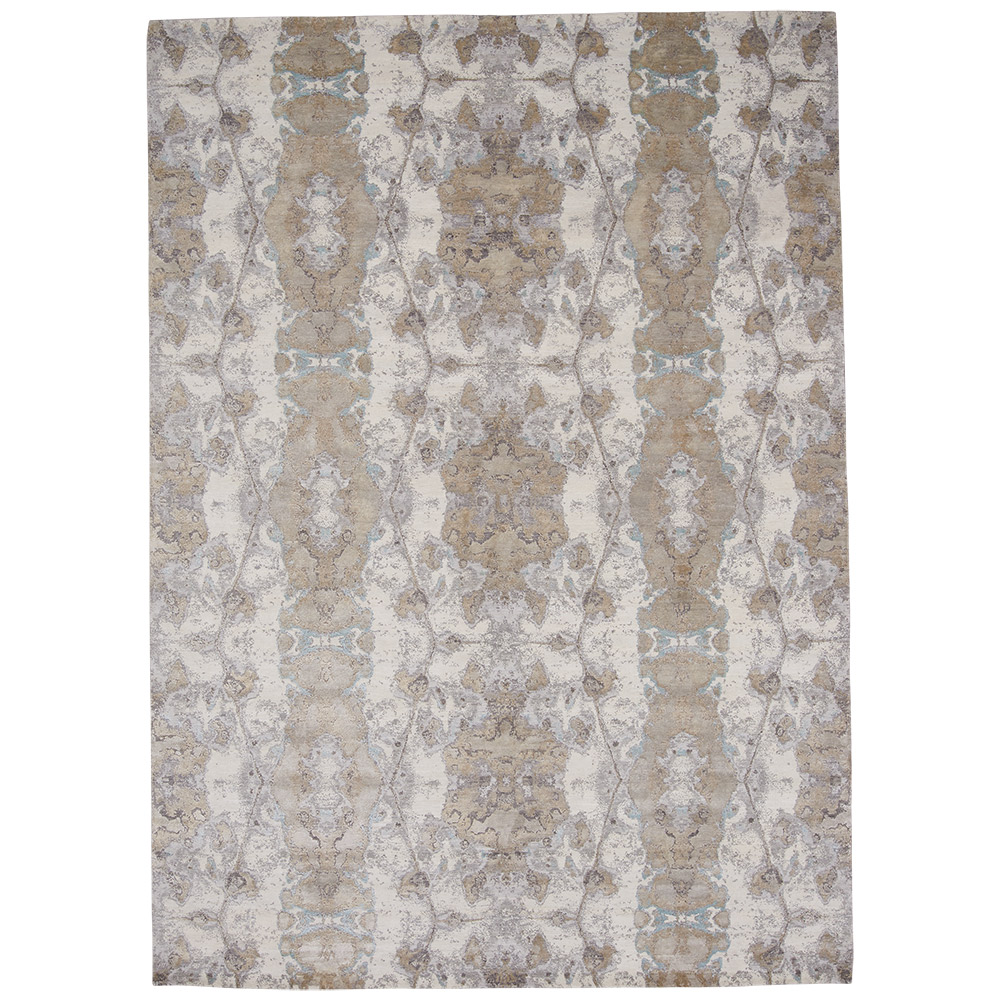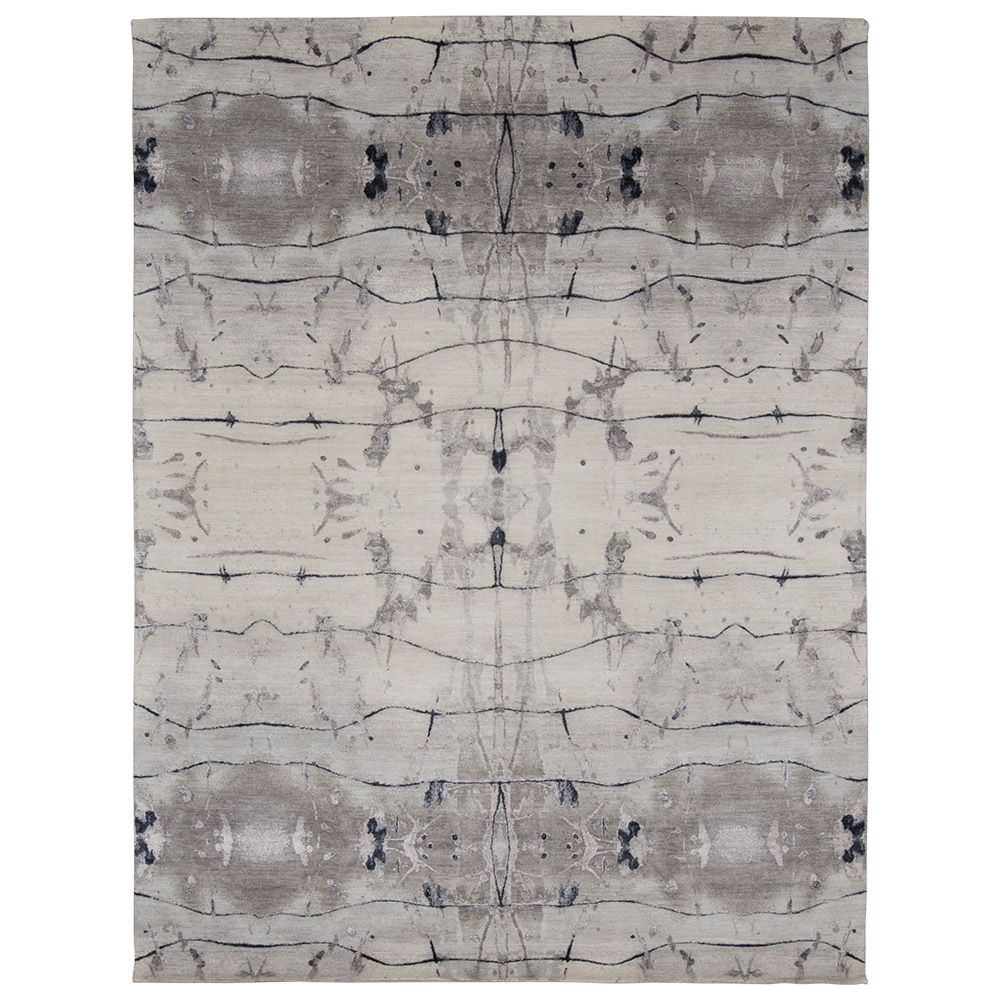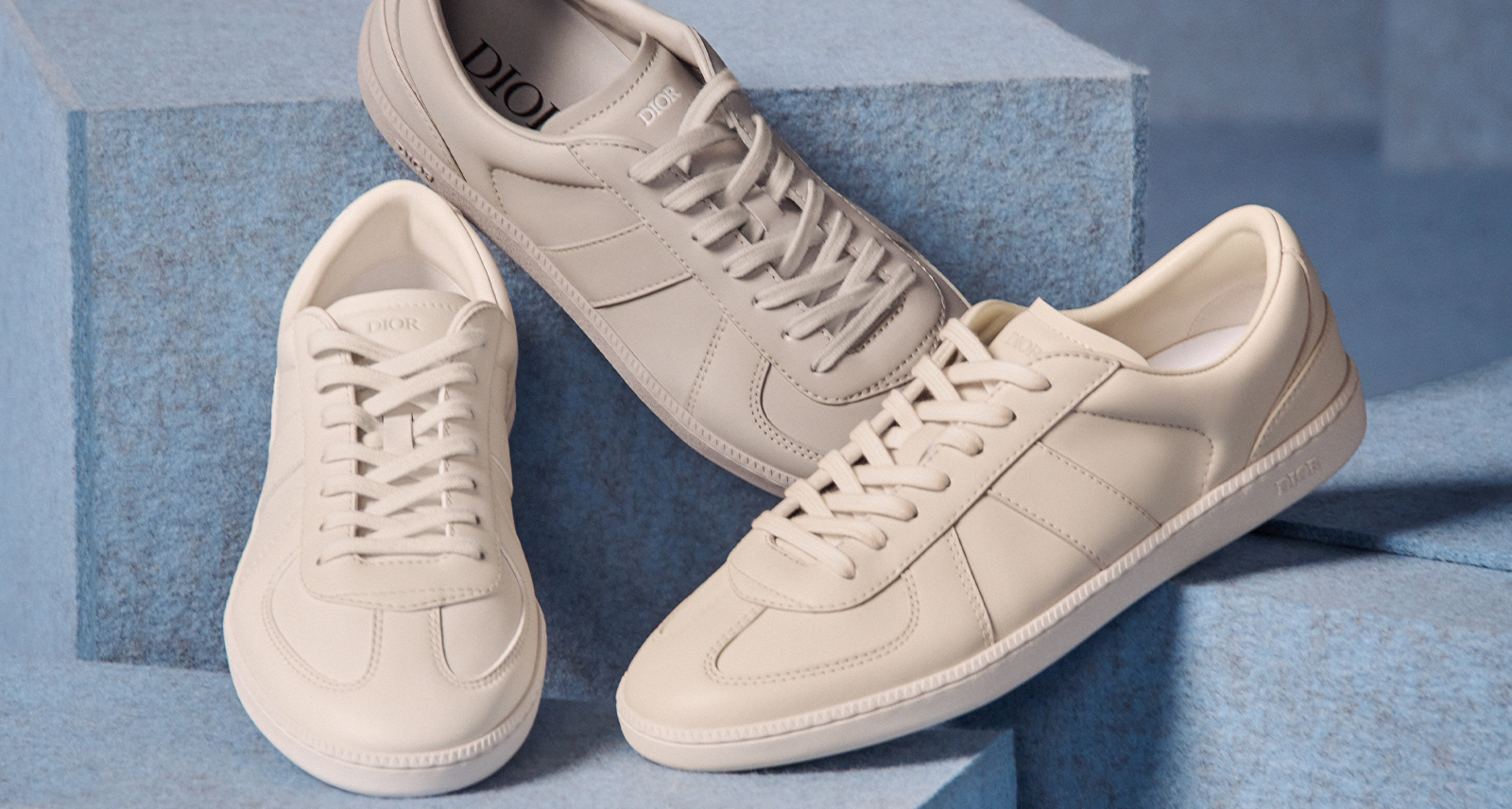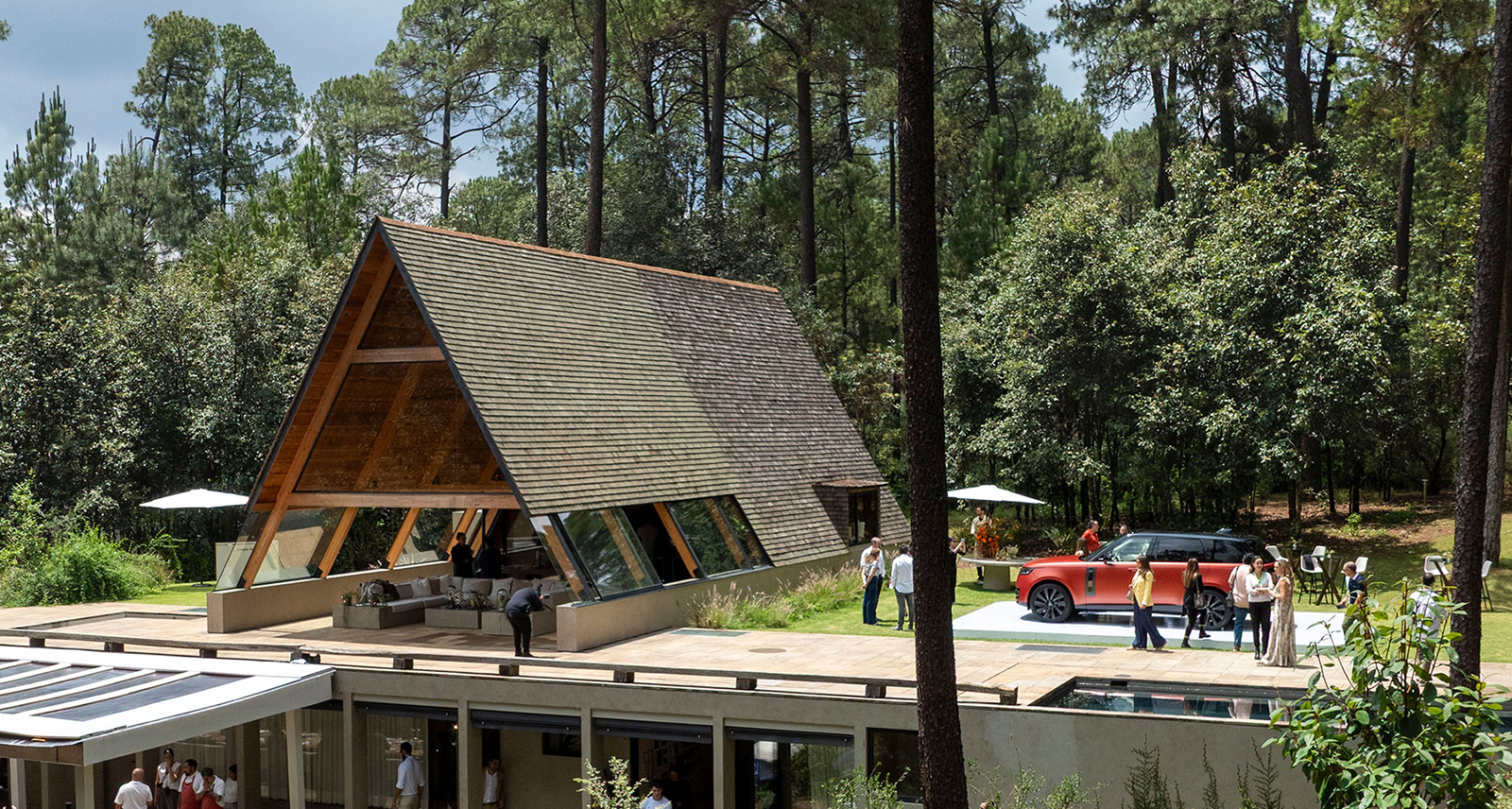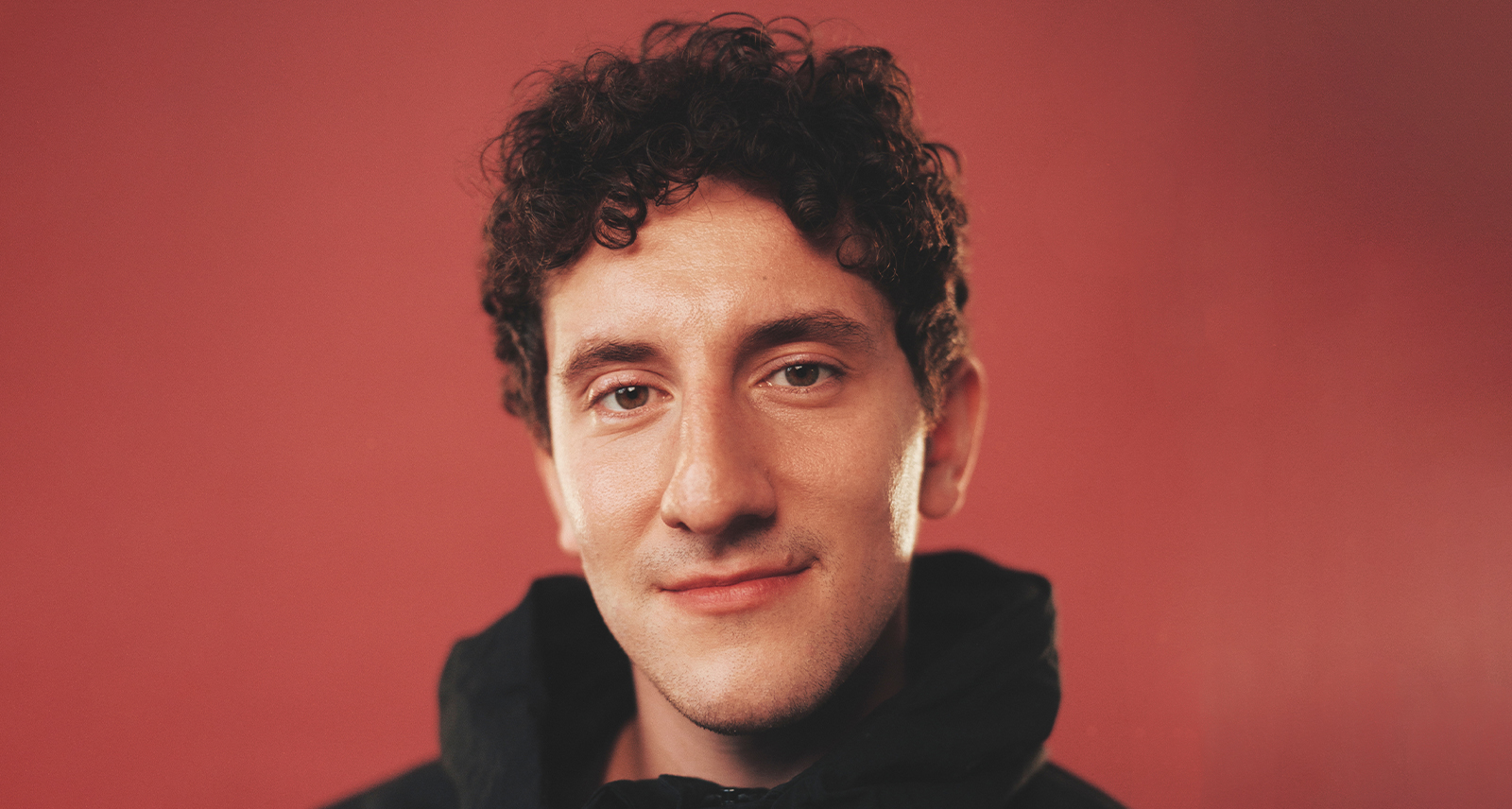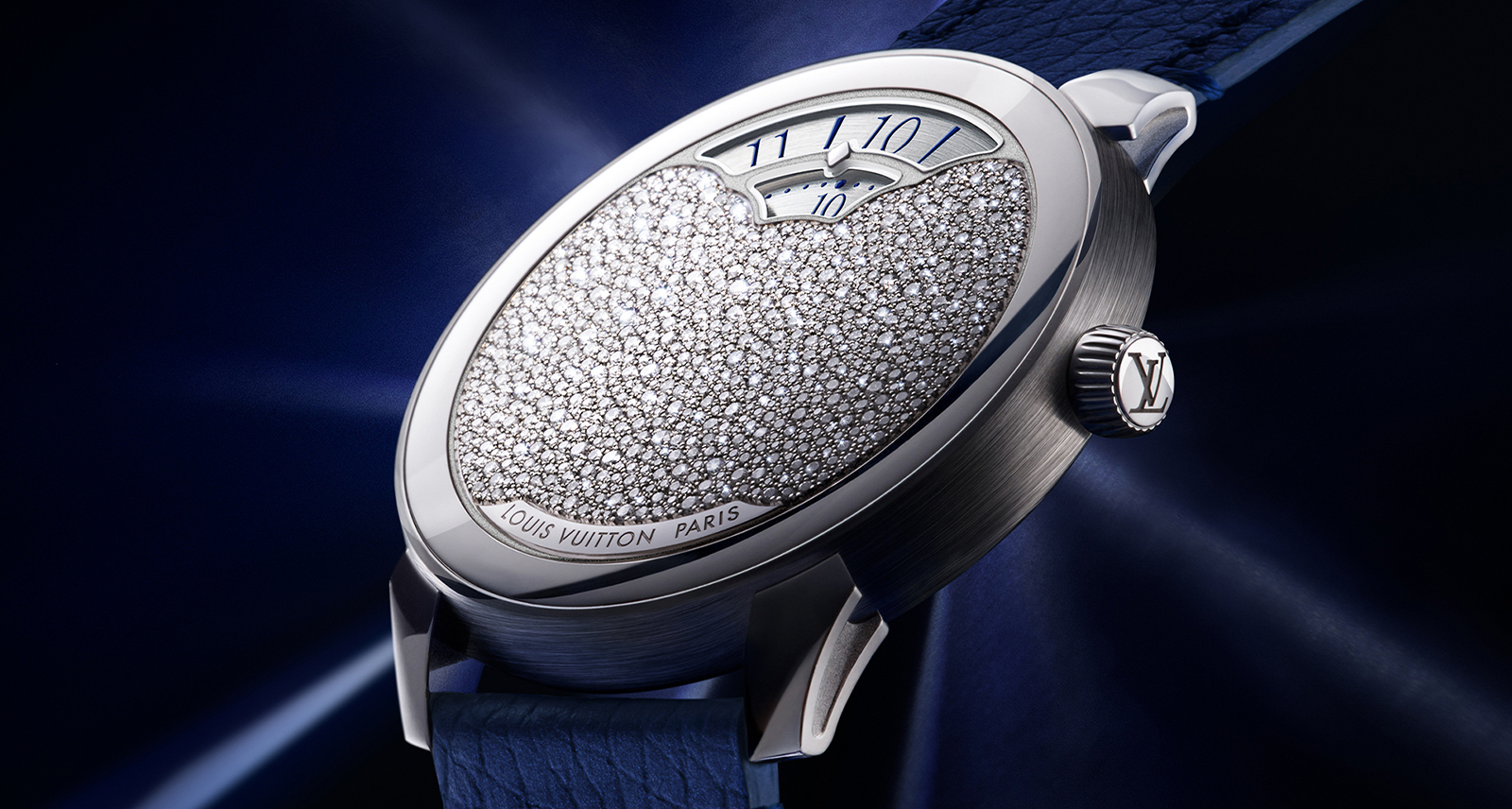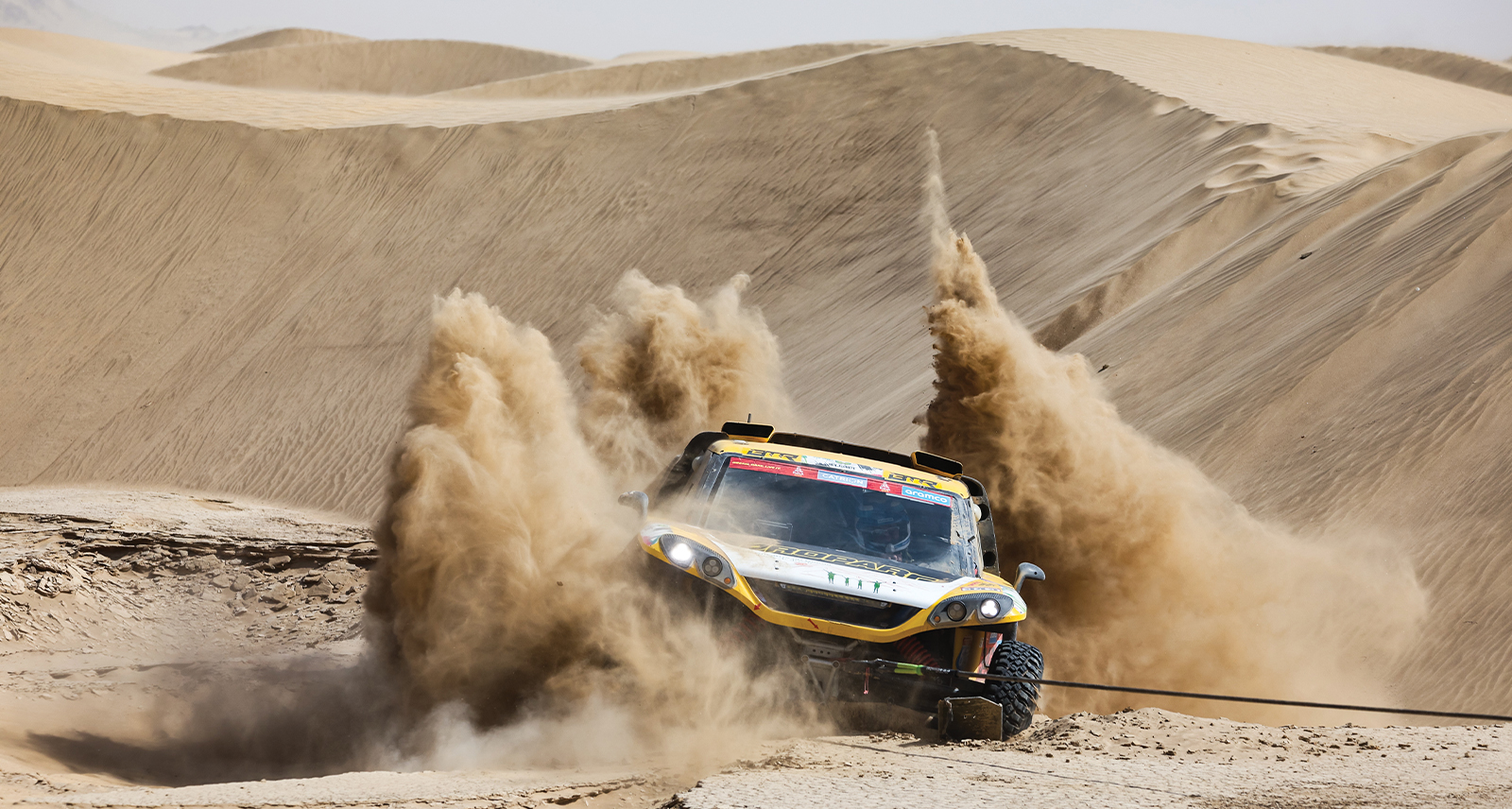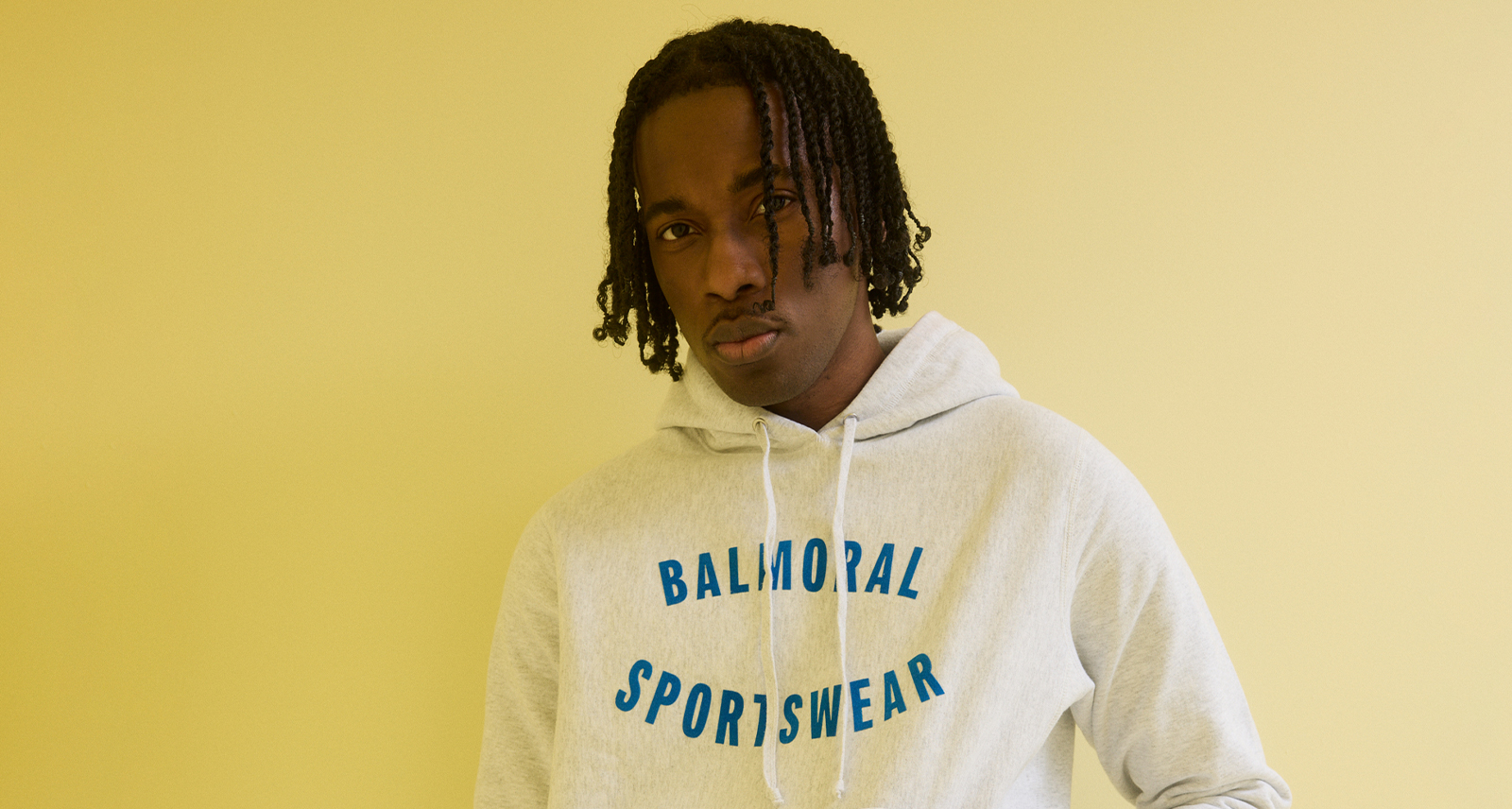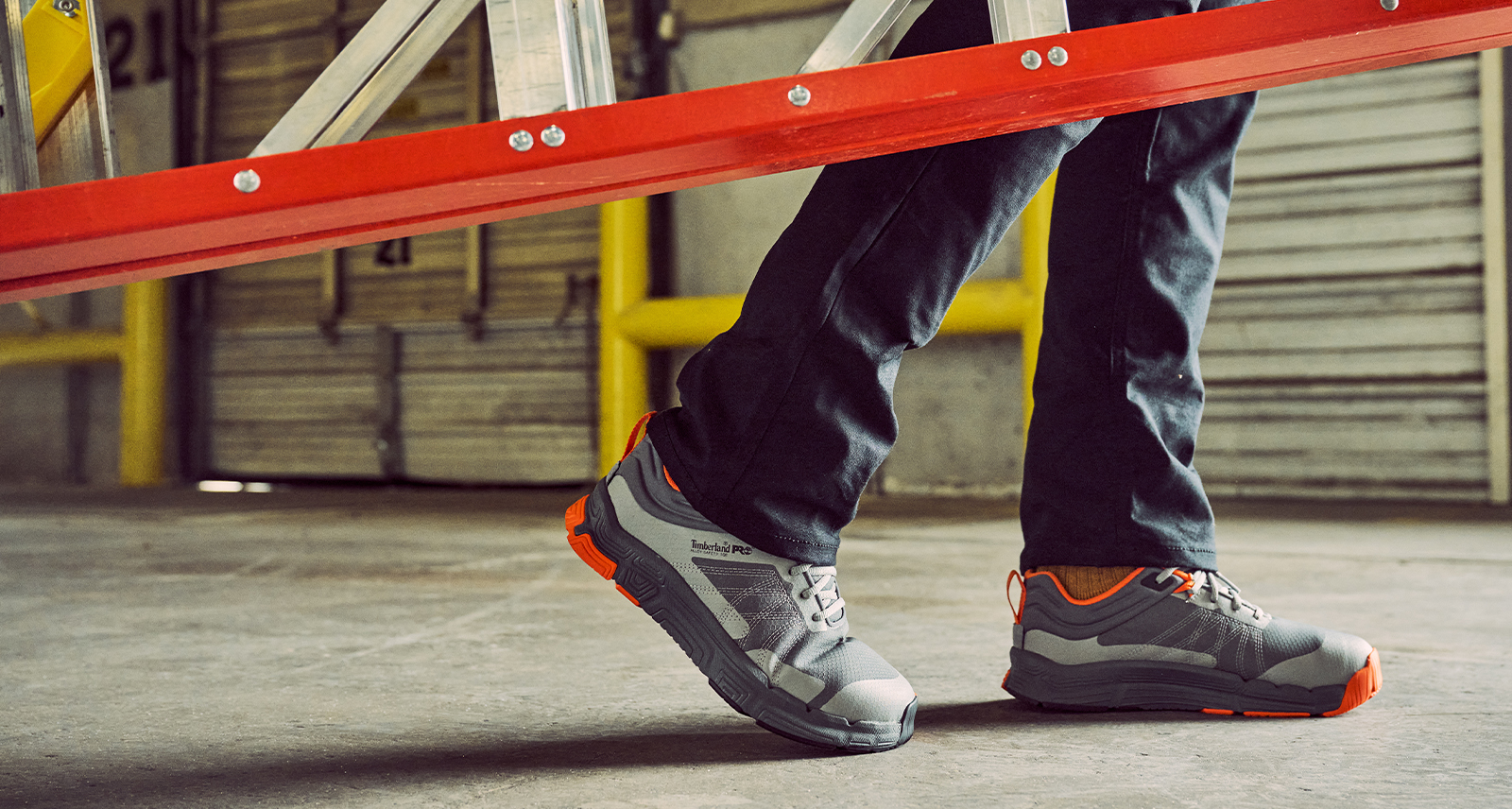Old-World Craft Meets Modern Design in Elte’s New Eskayel Rug Collection
Earlier this spring, Toronto design destination Elte unveiled a new line of heirloom rugs. Produced with Brooklyn-based textile design studio Eskayel, the collection — three years in the making — sees Eskayel’s free-flowing modern designs come alive in a range of traditionally-made rugs, all knotted and dyed by hand in Jaipur, India. It’s a collection defined by an old-meets-new ethos that’s in line with Elte managing director Jamie Metrick’s assertion that the best rugs aren’t too modern or too traditional, but somewhere in between.
On the heels of the Eskayel Collection’s release, brothers Jamie and Andrew Metrick — the fourth-generation to run the family business — spoke to Sharp about working with Eskayel, and the importance of craft and slow design.
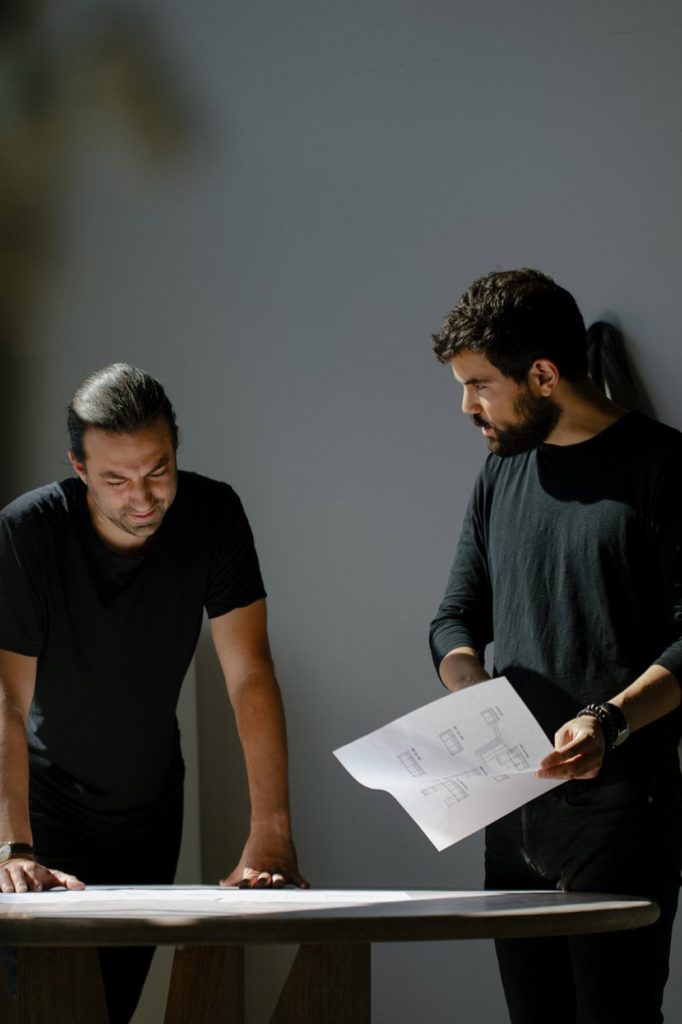
How did this collaborative collection with Eskayel come about?
Jamie Metrick: As the rug guy, I’m obsessed with finding the most creative designers and the most creative artisans and working with them to make great things, so this is just a really good example of that. Eskayel is a small textile company ran by Shanan [Campanaro] out of Brooklyn. I always loved her work. Five or six years ago, I met her for the first time — we just kind of bumped into each other in New York — and I started courting her, saying basically, “I really want to do a collection with you.” The second part [of the process] was matching her with the right artisan in India who could realize her vision. This collection [has been a] really long time — probably about three years — in the making.
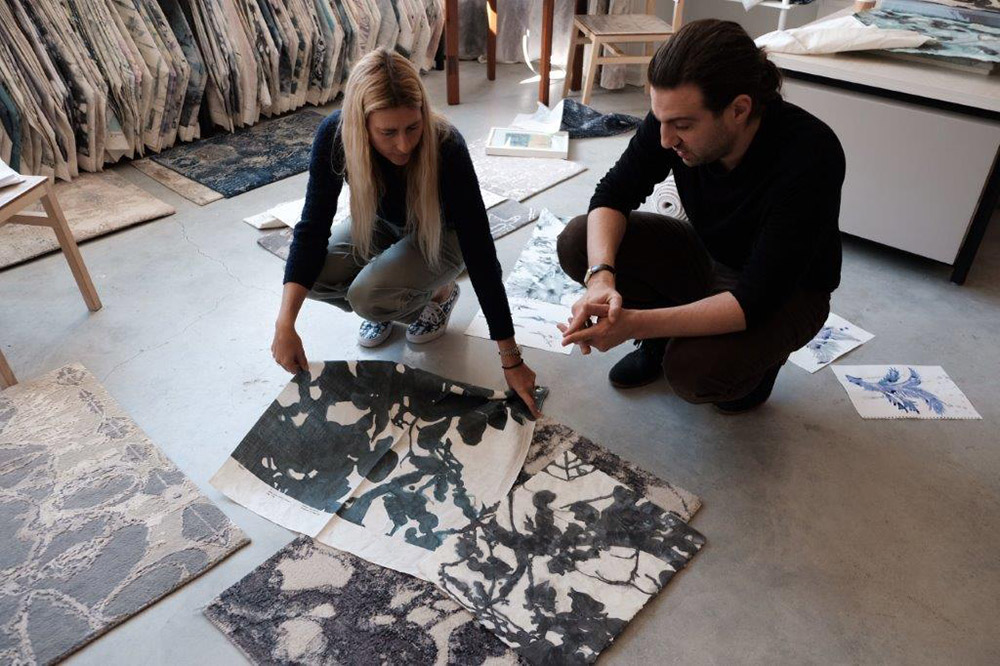
When you were searching for a partner in India to actually bring the rugs to life, what were you looking for?
JM: I love the idea of a collection that’s a bit of an intersection between past and present. Shanan’s designs are very modern, so I was looking for somebody with a bit of an Old-World spin on things to interpret these very modern designs. I found somebody — a multi-generational family business in India, out of Jaipur — who specializes in an Old-World Persian knot. [They’re] passionate about the same thing we are: how do you reinvent a very Old-World tradition.
They also have a tremendously impressive dye-master. Eskayel’s rugs are very, very subtle in colour, so I needed to find a very high-quality dye master, and they ticked that box. And one of the special parts of these rugs is that there’s a tremendous amount of finishing that goes into them. So, after the rugs are knotted — which takes six months — there’s a two to three month finishing process where they trim the carpets and wash them multiple times. And that was tremendously important because all Shanan’s paintings and textiles have this watercolour effect that’s very hard to mimic knot-by-knot in a carpet. So, to execute her rugs and create this very dream-like feel [required] this special finishing process that created almost like a bleeding effect.
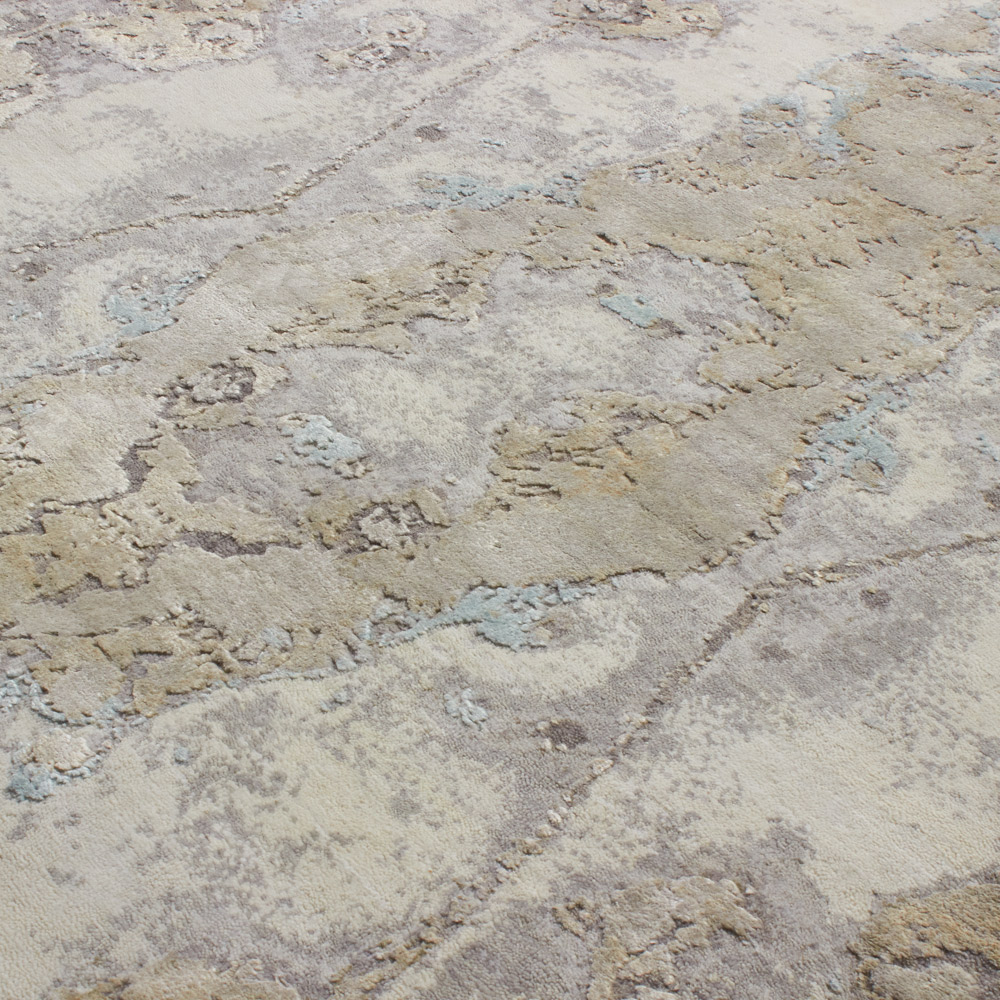
As both a retailer and brand — but also as individuals — is it important to you to champion craft?
Andrew Metrick: Totally. Traditional craft and tradition inspires us a lot. Jamie and I have travelled for years visiting different upholstery studios and rug weavers, and we’re always inspired by seeing their techniques and things that we’re just blown away by. It could be hand knotted rugs, or eight-way hand-tied — there’s a reason they call it that: because they’re hand-tied. These are things that take many years to perfect. There are simpler, faster ways of doing things; there’s lots of machinery, and there’s nothing wrong with adopting new ways of doing things, but we’re much more grounded in the traditional ways of doing things. We have true artisans producing things for us. And there are design cues, from how something is finished to how something is constructed, that only a handmade product can achieve. There’s something much more intimate about seeing the imperfections of how something was dyed, for example.
JM: I think the customer can feel when something has been designed and created slowly and with craftsmanship. There’s just sort of this reaction you get. It’s the imperfections — I don’t know. We’re passionate about this slow process and, yes, we love it, but we also think it creates higher quality, more beautiful products.
AM: And we’re living in a world where a lot of products need to be technically perfect in a lot of ways. Our phones are all virtually identical. Our laptops are virtually identical. The cars that come out of production lines need to be virtually identical. Surrounding yourself with things that feel handmade and perhaps imperfect — where you’re celebrating those imperfections and those details — is important.
From size to pile to colour, there are a lot of factors to consider when buying a rug. Any tips or rules of thumb to make sure you get the right one for your space?
JM: I’m highly emotional over practical. I believe in buying what you love, collecting over time, and figuring out how to make it work. That’s not a good answer to your question, but I really believe in “buy what you love” and you’ll figure out how to make it work. If it’s something you love but the rug is slightly too large or slightly too small for the room, sometimes it just accentuates the beauty of the piece when it looks a little irregular. It draws the eye in and makes you notice it.
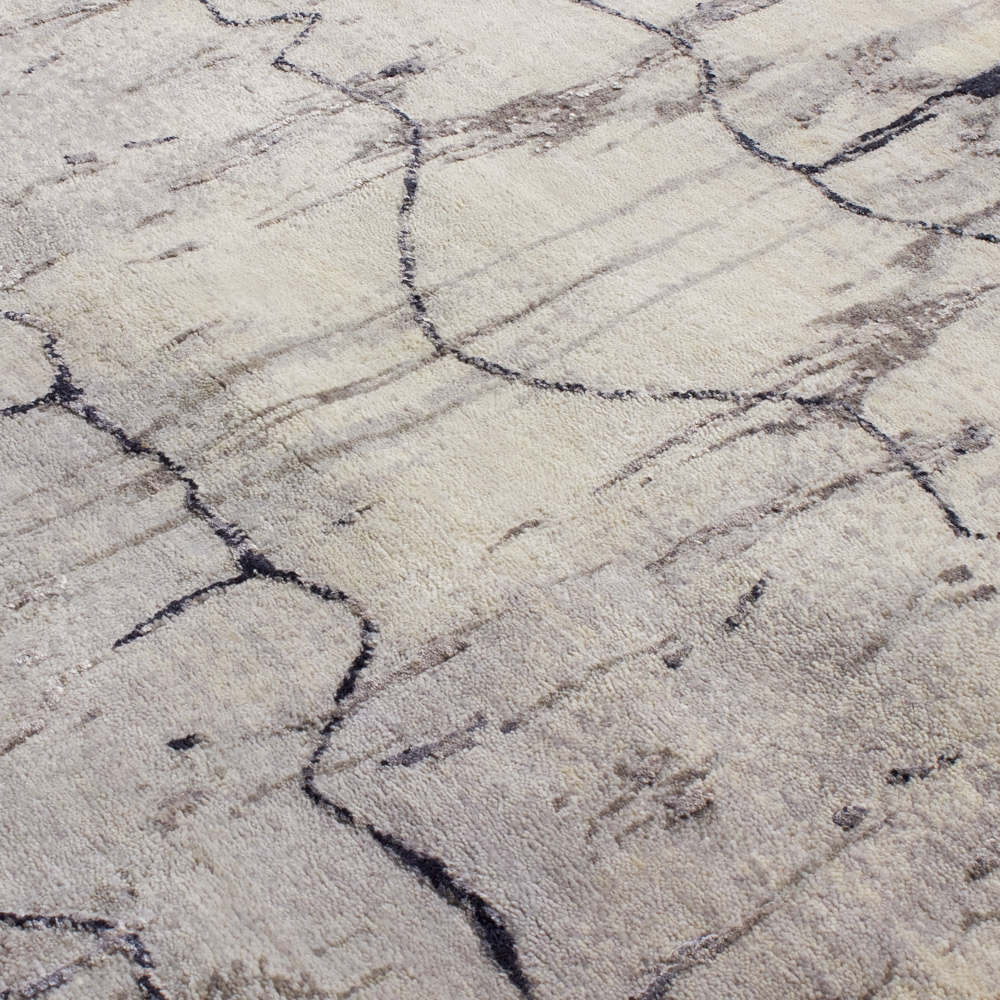
All images courtesy of Elte.
